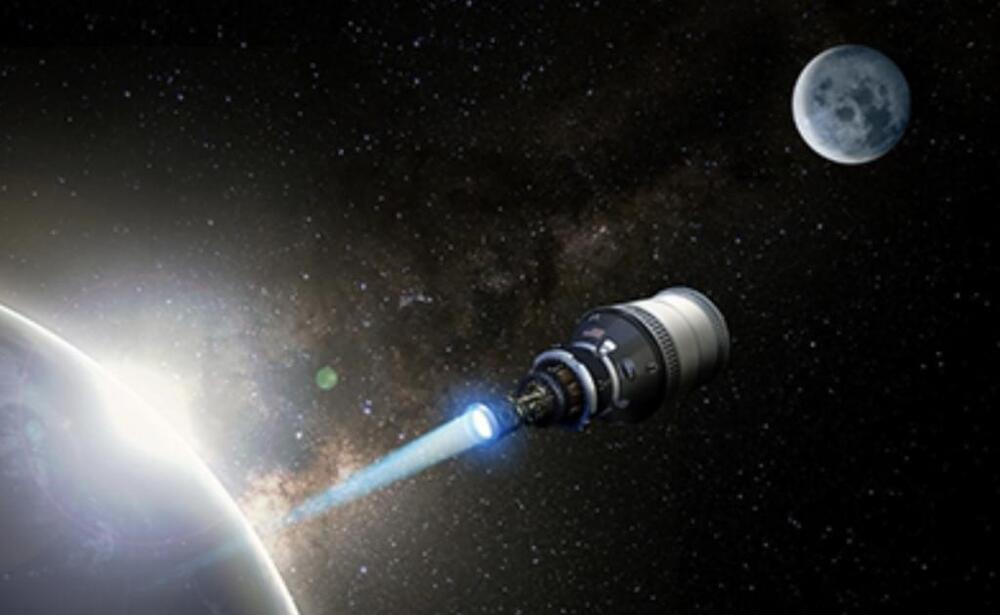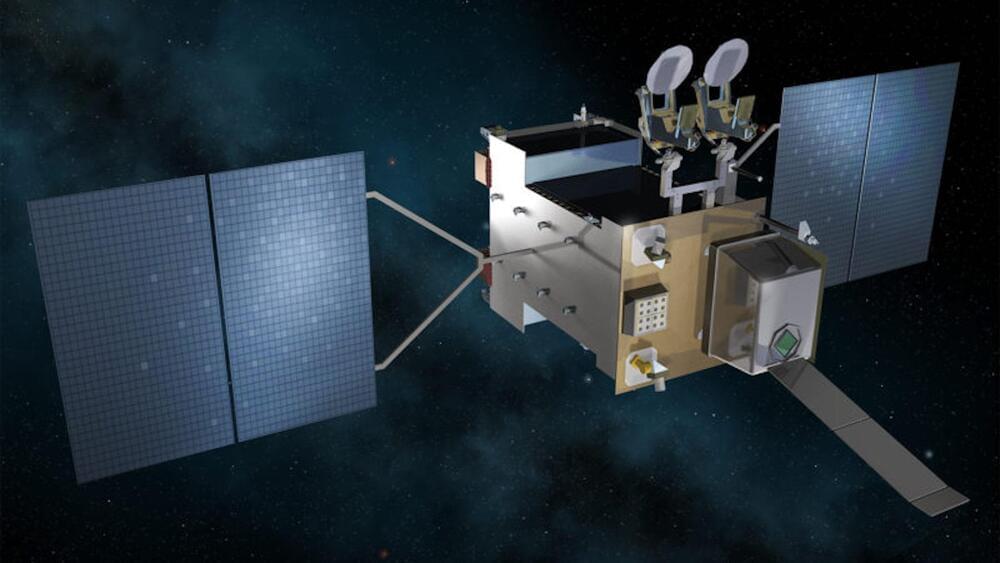US laser tank SHOCKED russians /
The American robots are here and they’re better than the Russian military in many ways. Video after video, we’ve seen Russian tanks roasting from Ukrainian fire — events that, in theory, wouldn’t happen if the Russian military had the robotic tanks that the US now has. These robotic tanks could change modern warfare as we know it and reduce casualty rates to the lowest in history, particularly the laser-guided-weapon-wielding M113 tank and every tank born of the Army’s Robotic Combat Vehicle program — as those have been in the news lately for all the right reasons.






